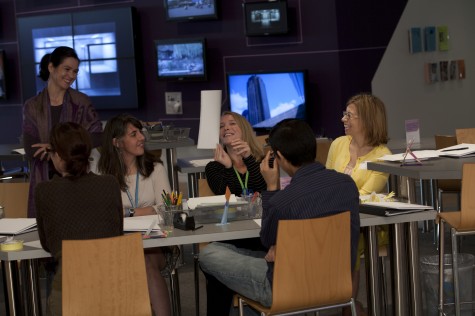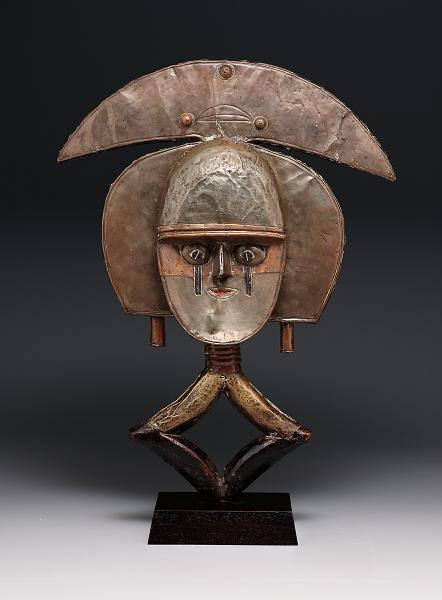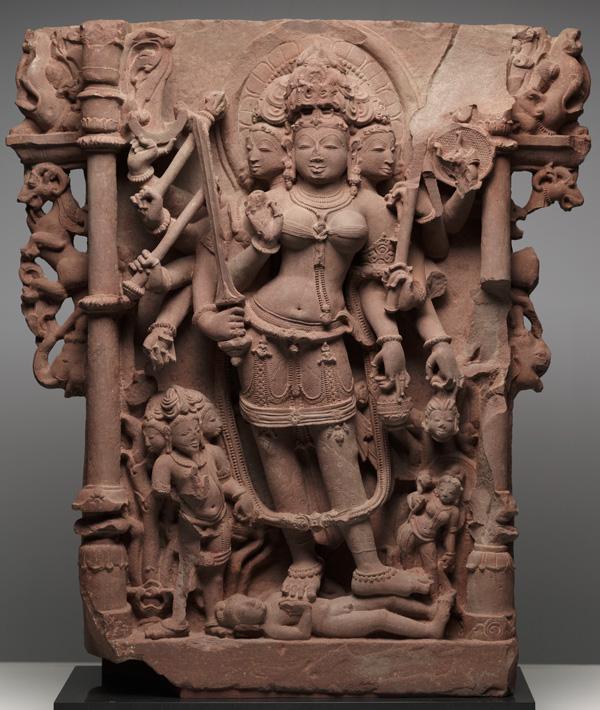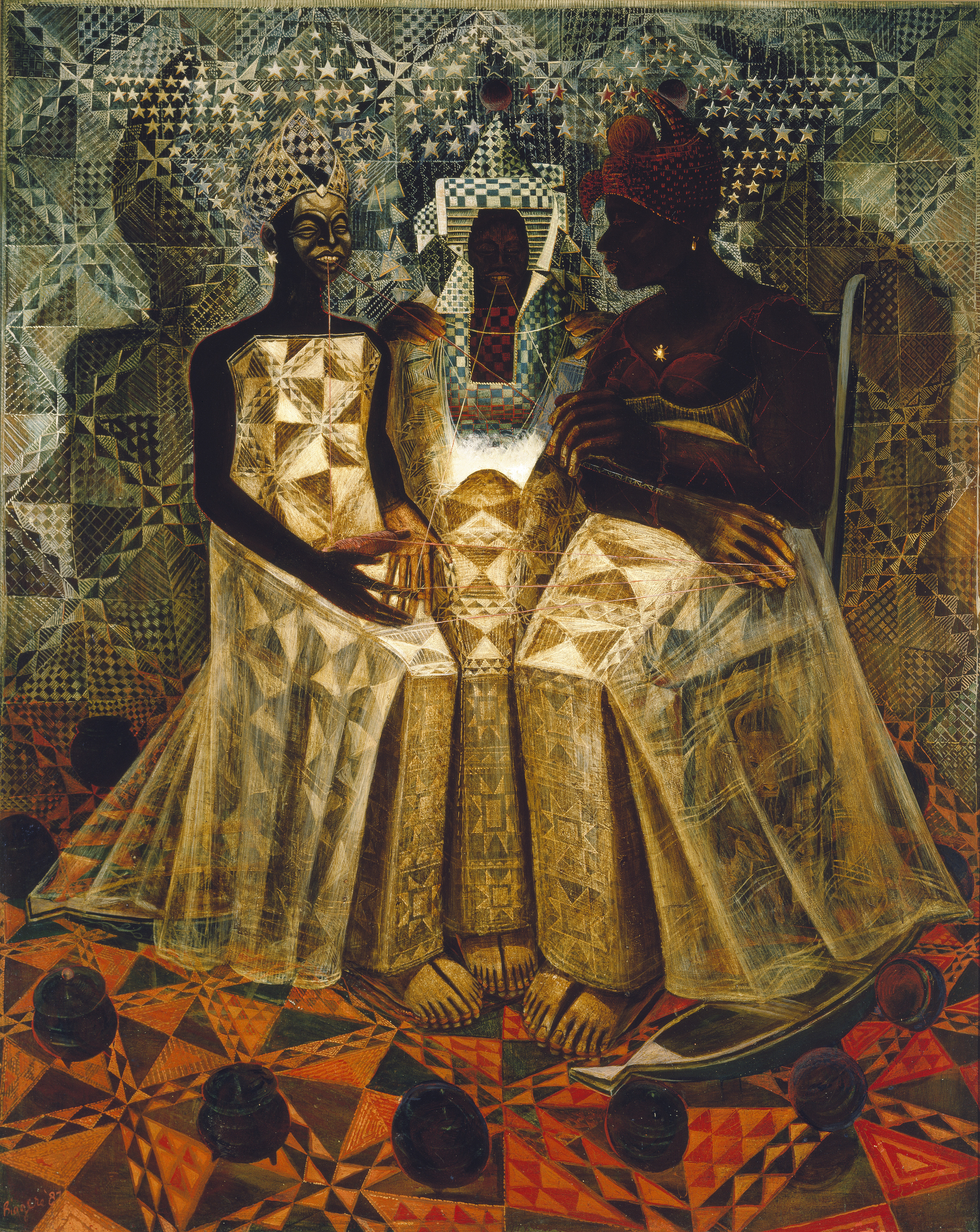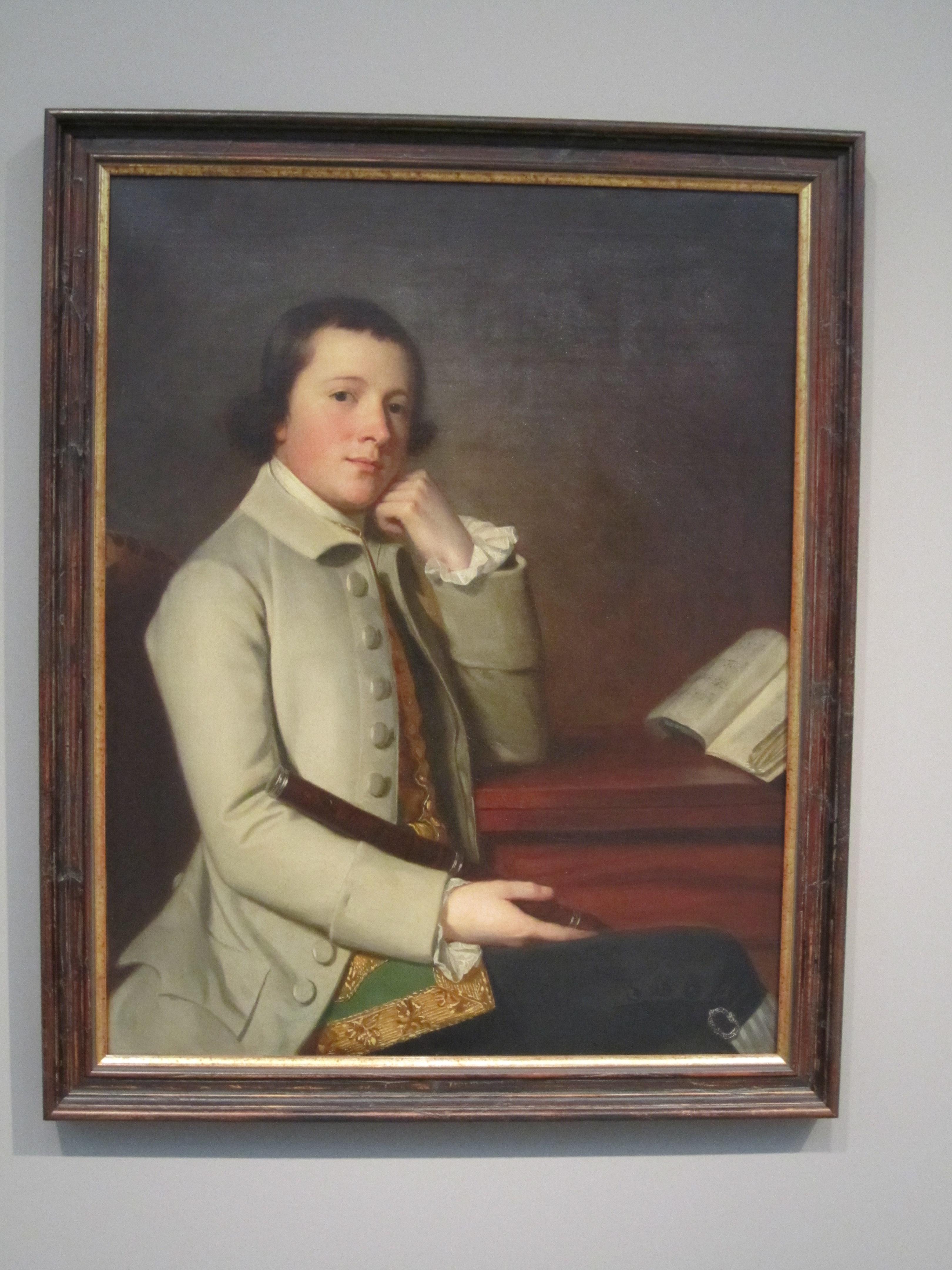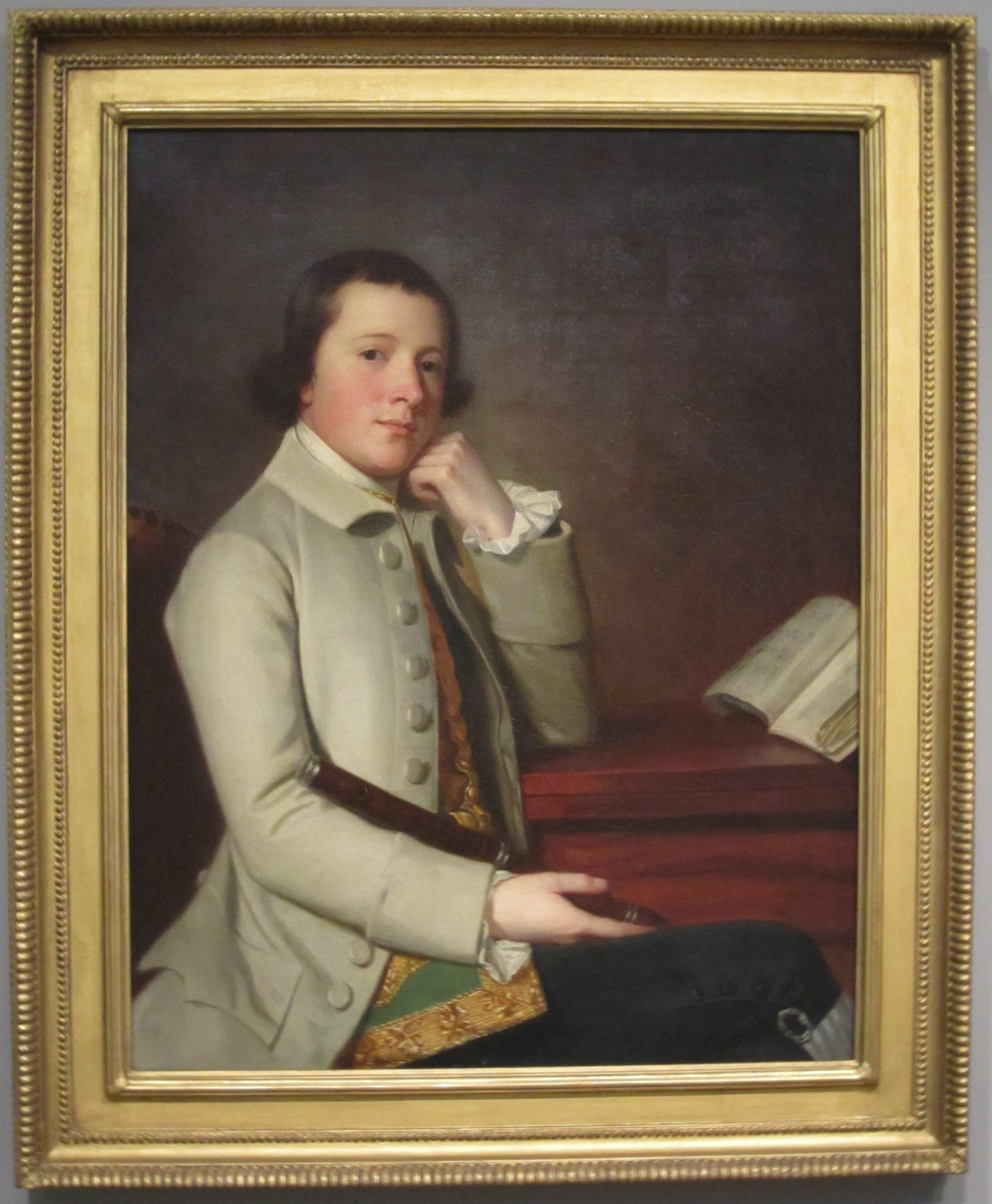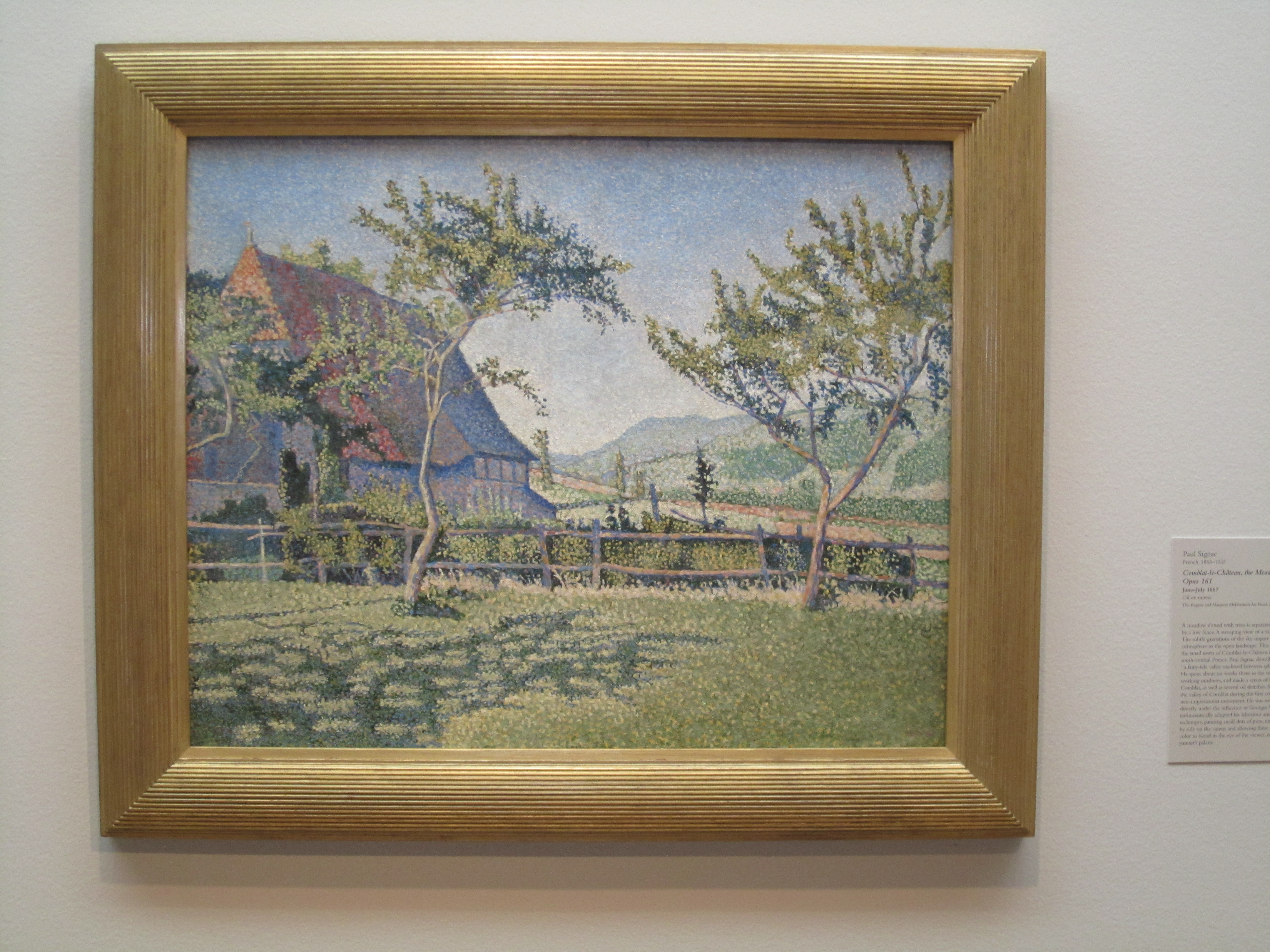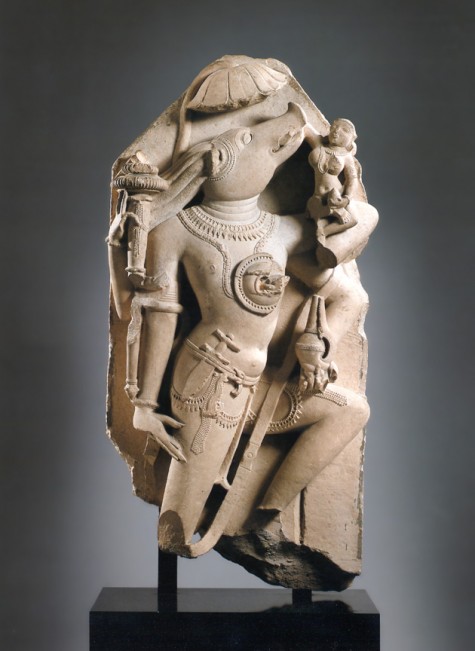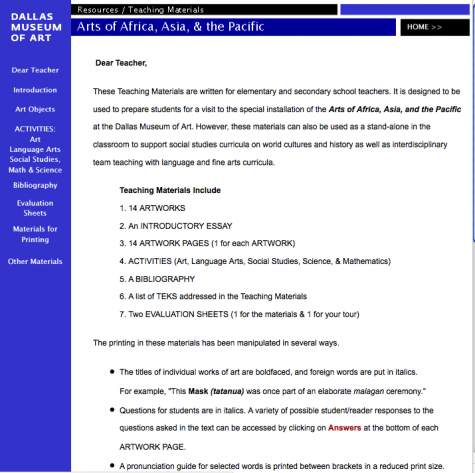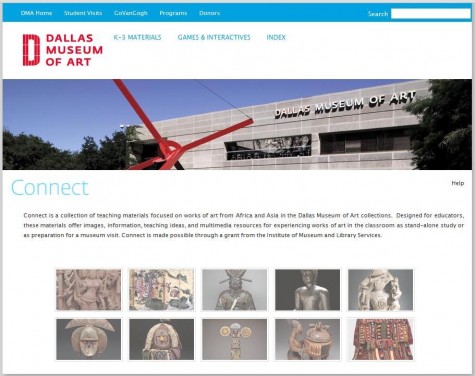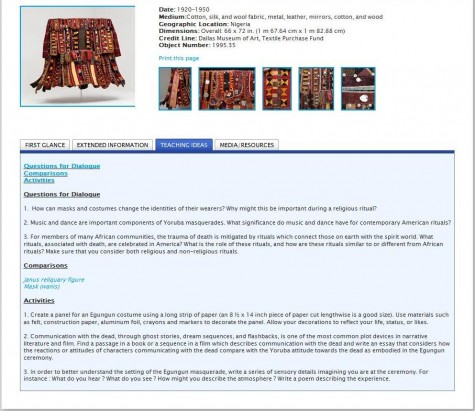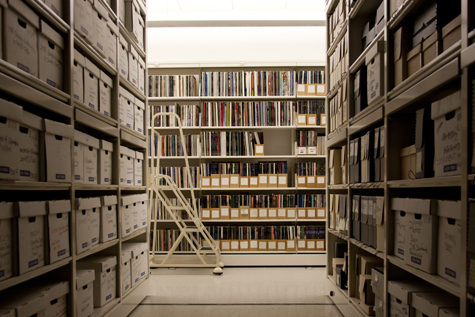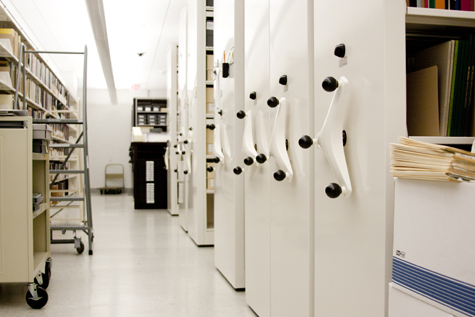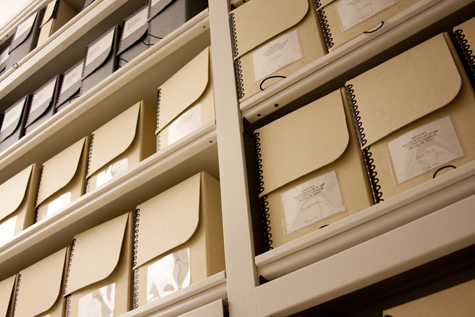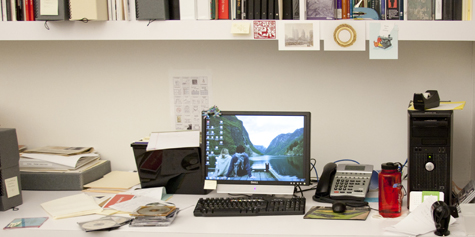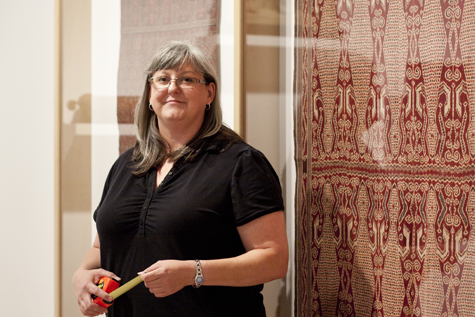Magdalena Grohman is a creativity expert who spends the occasional Thursday evening at the DMA helping inspire visitors participating in Thursday Night Live’s Artistic Encounters. But how did Magdalena discover her own creativity? She shared that journey with us below.
I received one of my very first lessons about creativity in elementary school. I was made to believe that creativity was only for those artistically or musically talented. You were born with it or you were not. I did not possess these talents, but at the same time I enjoyed writing in my diary, sketching (especially different layouts and arrangements for my dream room), creating collages, and so on. But that wasn’t considered creative. Only art, only music, and only if you were naturally talented.
The cracks in this belief system started to appear in high school when I met students and teachers who encouraged creative expression through other domains such as dance, movement, and theater. Suddenly, I realized I could express myself, share my state of mind, tell a story, and provoke others to think in new, creative ways. The true breakthrough came when a group of professors from Jagiellonian University in Krakow came to my high school to lead a workshop that taught creative thinking. With the workshops came a new wave of thinking about creativity and my first and foremost discovery about it: creativity was in everyone and could be enhanced.
This meant you could be CREATIVE in any number of ways, be it telling stories, designing birthday cards, finding new ways to teach, writing a song, formulating hypotheses, communicating diagnosis . . . the list goes on. This also meant that you could nurture creative potential at any stage in life. “But,” the professors warned, “You need to put some work into it.” What they meant was that creativity could be honed and developed by shaping core attitudes about creativity such as open-mindedness, self-discipline, and perseverance.
So, the first step to increase your creative potential is to liberate yourself from any belief system that is detrimental to creativity. The second step is to nurture positive attitudes toward creativity. These include (according to creativity researchers and educators) sticking to your creative endeavor no matter what and being open-minded, observant, curious, and self-disciplined. With this in mind, you will see that the next steps are much, much easier.
Take the next step tomorrow night when Magdalena will lead Thursday Night Live Artistic Encounters: Think Creatively with Tom Cox and Peter Goldstein at 6:30 p.m. in the Center for Creative Connections.
Shelagh Jessop is the Center for Creative Connections Coordinator at the Dallas Museum of Art
